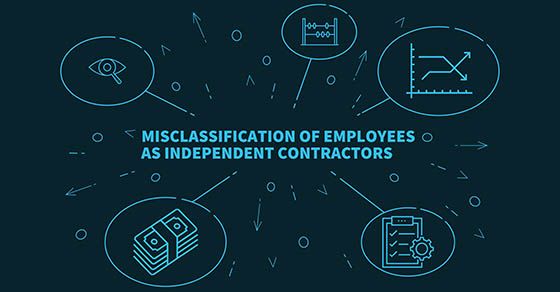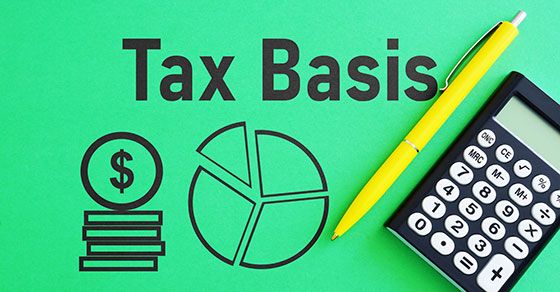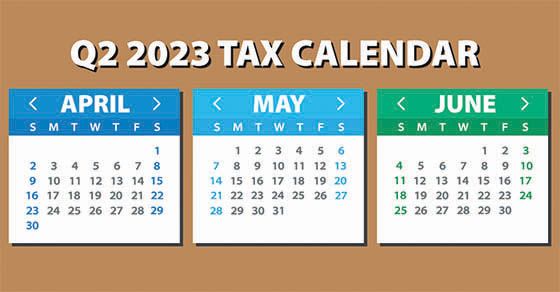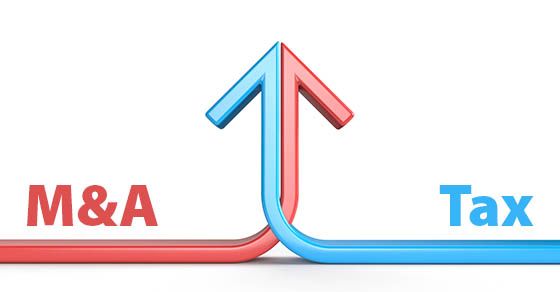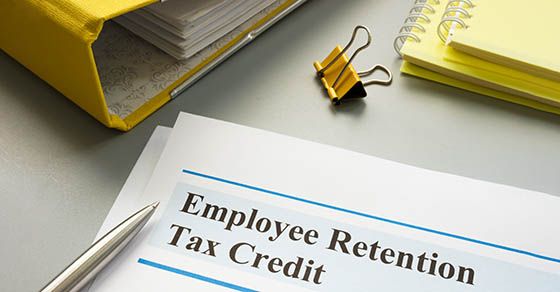
What businesses can expect from a green lease
With events related to climate change continuing to rock the news cycle, many business owners are looking for ways to lessen their companies’ negative environmental impact. One move you may want to consider, quite literally, is relocating to a commercial property with a “green lease.”
Increasing demand
Green leases are sometimes also known as “aligned,” “energy-efficient” or “high-performance” leases. Whatever the label, they generally use financial incentives to promote sustainable property management and energy usage. The leases typically include provisions related to cost recovery, submeters, data sharing and minimum efficiency standards. Done right, they can cut energy costs, conserve critical resources and improve building operations — offering benefits to property owners and tenants alike.
Businesses that sign on to green leases may gain several competitive advantages. Many customers and investors now prioritize visible commitments to environmentally friendly business practices. More and more job candidates do, too. Sustainability is particularly important to Millennials and members of Generation Z, who together now make up the largest subset of the U.S. workforce.
In addition, the pandemic boosted interest in so-called “healthy buildings,” which are often available through green leases. Healthy buildings feature more efficient lighting as well as pathogen-fighting heating, ventilation and air conditioning (HVAC) systems. For example, they draw in fresh air, as opposed to recirculating indoor air. Some even use ultraviolet germicidal irradiation to kill bacteria and mold, as well as reduce the number of viral particles in the air.
A research study published by Harvard University in 2021 found that working in an office with higher air quality and better ventilation can raise employees’ cognitive functioning. Indeed, subjects’ decision-making performance improved when they were exposed to higher ventilation rates and lower chemical and carbon dioxide levels.
Lease provisions
If your company decides to explore environmentally friendly commercial properties, you’ll likely encounter standardized green leases. However, you may want to negotiate or at least double-check provisions regarding:
Certification. Many commercial properties are certified green under various standards, the most well-known of which is Leadership in Energy and Environmental Design (LEED). The standards usually require periodic recertification. To ensure renewal, property owners may require commercial tenants to use sustainable design components, construction materials and office equipment.
Improvements. Property owners don’t want to jeopardize their buildings’ certifications with noncompliant tenant improvements. So, if you’ll likely want to substantially improve a property, you’ll need to ensure the project satisfies the relevant lease terms. In the event you install energy-saving improvements that benefit both you and the property owner, the lease should provide for how costs will be shared.
Renewable energy. If applicable, the lease should address how a conversion to a renewable energy source, such as solar panels, will be handled. For example, which party will be responsible for installation and maintenance? Who will receive any revenue from selling excess output to local utilities (where allowed)?
Green leases also may contain provisions related to:
Many positives
There are many positive reasons to consider signing a green lease. However, the costs of relocating and ongoing expenses related to the lease still must make sense for your business. We can assist you in analyzing the decision, including projecting the financial impact.
Increasing demand
Green leases are sometimes also known as “aligned,” “energy-efficient” or “high-performance” leases. Whatever the label, they generally use financial incentives to promote sustainable property management and energy usage. The leases typically include provisions related to cost recovery, submeters, data sharing and minimum efficiency standards. Done right, they can cut energy costs, conserve critical resources and improve building operations — offering benefits to property owners and tenants alike.
Businesses that sign on to green leases may gain several competitive advantages. Many customers and investors now prioritize visible commitments to environmentally friendly business practices. More and more job candidates do, too. Sustainability is particularly important to Millennials and members of Generation Z, who together now make up the largest subset of the U.S. workforce.
In addition, the pandemic boosted interest in so-called “healthy buildings,” which are often available through green leases. Healthy buildings feature more efficient lighting as well as pathogen-fighting heating, ventilation and air conditioning (HVAC) systems. For example, they draw in fresh air, as opposed to recirculating indoor air. Some even use ultraviolet germicidal irradiation to kill bacteria and mold, as well as reduce the number of viral particles in the air.
A research study published by Harvard University in 2021 found that working in an office with higher air quality and better ventilation can raise employees’ cognitive functioning. Indeed, subjects’ decision-making performance improved when they were exposed to higher ventilation rates and lower chemical and carbon dioxide levels.
Lease provisions
If your company decides to explore environmentally friendly commercial properties, you’ll likely encounter standardized green leases. However, you may want to negotiate or at least double-check provisions regarding:
Certification. Many commercial properties are certified green under various standards, the most well-known of which is Leadership in Energy and Environmental Design (LEED). The standards usually require periodic recertification. To ensure renewal, property owners may require commercial tenants to use sustainable design components, construction materials and office equipment.
Improvements. Property owners don’t want to jeopardize their buildings’ certifications with noncompliant tenant improvements. So, if you’ll likely want to substantially improve a property, you’ll need to ensure the project satisfies the relevant lease terms. In the event you install energy-saving improvements that benefit both you and the property owner, the lease should provide for how costs will be shared.
Renewable energy. If applicable, the lease should address how a conversion to a renewable energy source, such as solar panels, will be handled. For example, which party will be responsible for installation and maintenance? Who will receive any revenue from selling excess output to local utilities (where allowed)?
Green leases also may contain provisions related to:
- HVAC system design and components,
- Water usage,
- Energy management and monitoring,
- Irrigation and landscaping,
- Air quality,
- Lighting,
- Waste management and recycling, and
- Maintenance, including cleaning products used.
Many positives
There are many positive reasons to consider signing a green lease. However, the costs of relocating and ongoing expenses related to the lease still must make sense for your business. We can assist you in analyzing the decision, including projecting the financial impact.























